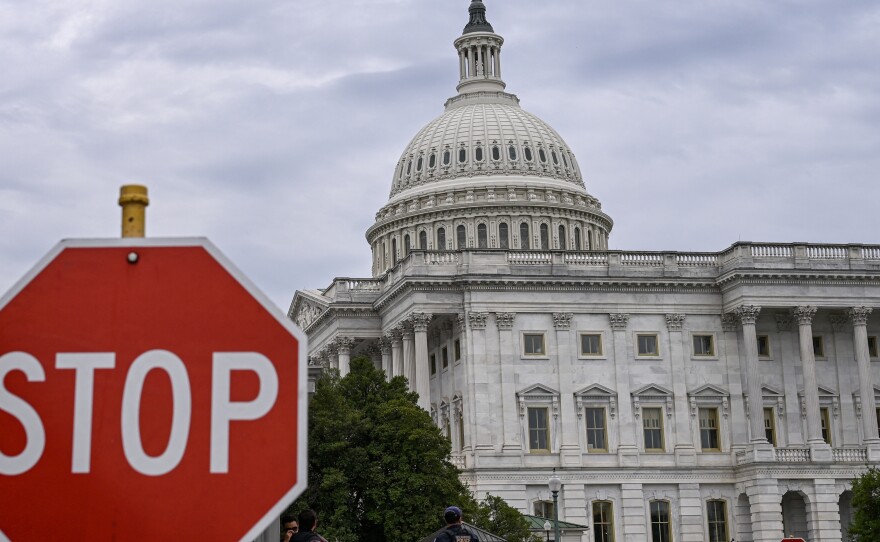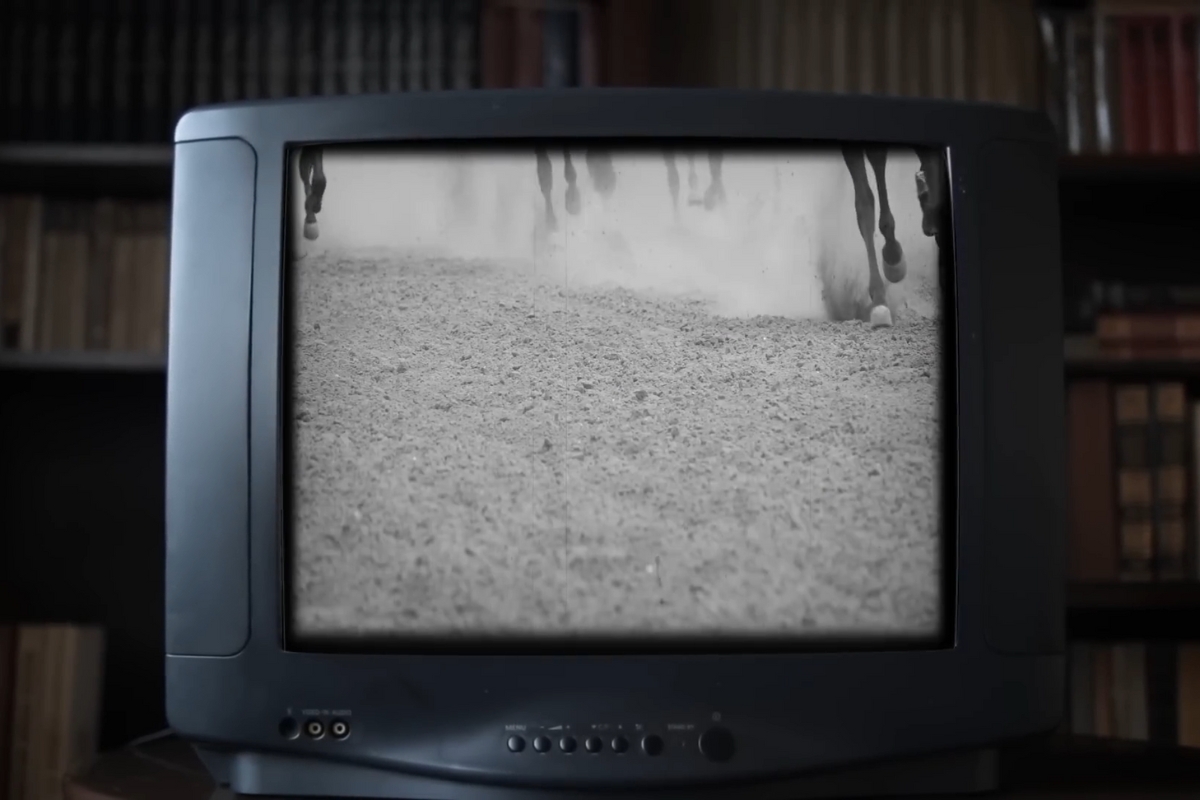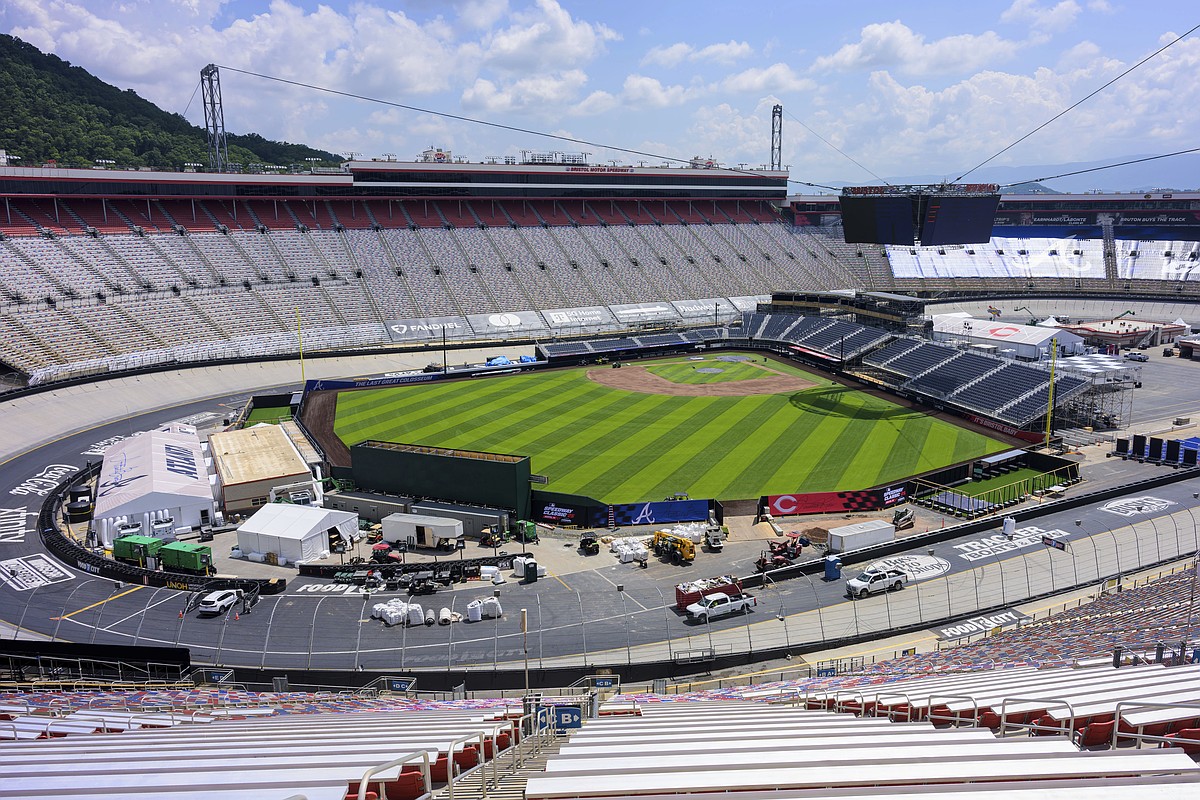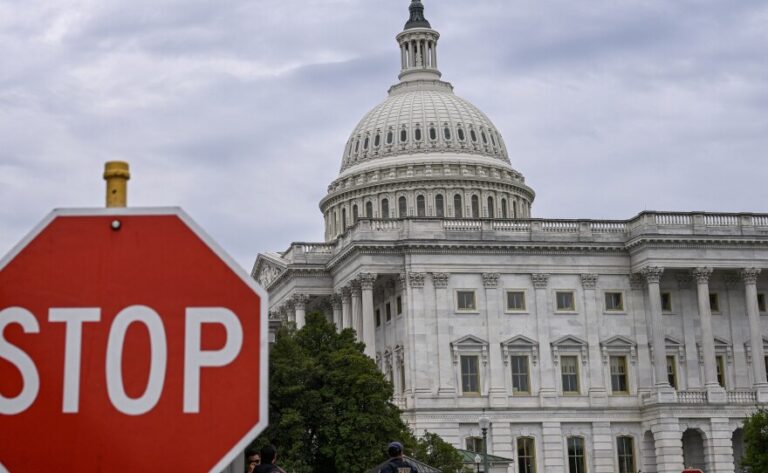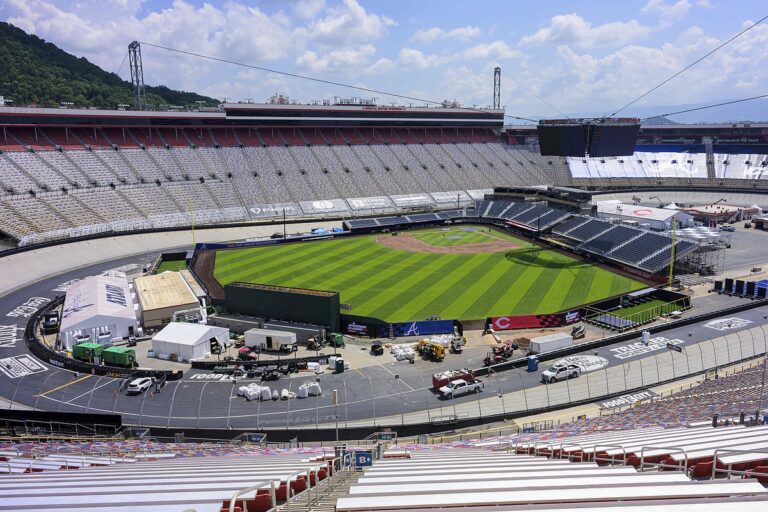Iceland’s Reykjanes Peninsula continues to capture global attention with its dramatic volcanic activity throughout 2025. The latest eruption began on July 16, 2025, at the Sundhnúkagígar crater row, marking the twelfth volcanic event on the peninsula since 2021 and the ninth in this specific system since December 2023.
This ongoing volcanic saga represents what scientists are calling the “New Reykjanes Fires,” potentially signaling centuries of increased volcanic activity in this southwestern region of Iceland.
The July 2025 Eruption: Current Status
The most recent eruption commenced on July 16, 2025, at 9:44 AM local time, following an intense earthquake swarm that began early that morning. The volcanic fissure, stretching approximately 700 to 1,000 meters (2,300-3,280 feet), opened southeast of Litla-Skógfell hill, sending dramatic fountains of lava into the air.
Key characteristics of this eruption include:
- Classified as a small to moderate fissure eruption
- Lava flowing in a southeastern direction, away from populated areas
- No immediate threat to infrastructure or the international airport
- Precautionary evacuations of nearby campsites and the Blue Lagoon spa
- All flights and major travel routes operating normally
Timeline of 2025 Volcanic Events
The year 2025 has already witnessed significant volcanic activity on the Reykjanes Peninsula:
April 1, 2025 Eruption
An eruption that began on April Fool’s Day proved to be no joke, starting at 9:44 AM between Sýlingarfell and Stóra-Skógfell mountains. This event prompted immediate evacuations of Grindavík town and the Blue Lagoon. Remarkably, the eruption lasted less than 24 hours, making it one of the shortest in the recent series.
The April eruption was notable for:
- A 500-meter initial fissure that expanded rapidly
- Lava breaching the northern protective barriers around Grindavík
- Quick response from authorities ensuring zero casualties
- Minimal disruption to air travel and tourism
The Sundhnúkagígar Crater System: A Geological Hotspot
The Sundhnúkagígar crater row has become Iceland’s most active volcanic system, with nine eruptions since December 2023. This unprecedented activity follows an 800-year dormancy period on the Reykjanes Peninsula, suggesting a significant shift in the region’s geological dynamics.
Scientists from the University of Iceland have identified several key factors:
- Multiple interconnected magma chambers feeding the eruptions
- Distinct chemical compositions in recent lava flows
- Continuous ground deformation indicating ongoing magma accumulation
- Potential for activity to continue for decades or even centuries
Impact on Local Communities
The town of Grindavík, home to nearly 4,000 residents, has borne the brunt of this volcanic activity. Following intense seismic activity in November 2023, the town was evacuated as a precaution. While only a few houses have been directly damaged by lava flows, the continuous earthquakes and ground fissures have rendered much of the town uninhabitable.
Community resilience efforts include:
- Construction of protective barriers using large boulders
- Establishment of temporary housing for displaced residents
- Development of new monitoring systems for early warning
- Plans for controlled tourism to witness the volcanic activity safely
Tourism and Travel: Business as Usual
Despite the dramatic volcanic displays, Iceland remains open for business. Tourism officials emphasize that the eruptions are localized events that don’t affect most of the country. Keflavík International Airport continues to operate normally, with no flight disruptions reported.
Travel considerations for visitors:
- The Ring Road remains fully operational
- Reykjavík, located 40 kilometers from the eruption sites, is unaffected
- The Blue Lagoon may close temporarily during active eruptions
- Helicopter tours offer safe viewing opportunities of active sites
- Hiking to eruption sites is strictly prohibited for safety reasons
Scientific Significance and Future Predictions
The current volcanic phase represents a unique opportunity for scientists to study shield volcano behavior. Unlike the explosive 2010 Eyjafjallajökull eruption that disrupted European air travel, these fissure eruptions produce minimal ash, instead creating spectacular lava fountains and flows.
Dr. Evgenia Ilyinskaya from the University of Leeds suggests this could be the beginning of a centuries-long active period, similar to the Reykjanes Fires that occurred between the 10th and 13th centuries.
Ongoing research focuses on:
- Predicting future eruption locations and timing
- Understanding magma source variations
- Improving early warning systems
- Developing better protective infrastructure
Environmental Monitoring and Safety
While the eruptions pose minimal direct danger to most of Iceland, authorities closely monitor air quality due to volcanic gas emissions. Sulfur dioxide levels can spike in downwind areas, occasionally reaching as far as Scotland and other parts of Europe.
Safety measures in place include:
- Real-time air quality monitoring stations
- Public alert systems through SafeTravel.is
- Restricted access zones around active sites
- Continuous seismic monitoring by the Icelandic Meteorological Office
Looking Ahead
As Iceland continues to experience this remarkable period of volcanic activity, the nation demonstrates its expertise in managing natural hazards. With world-class monitoring systems, well-prepared emergency responses, and a population accustomed to living with active geology, Iceland remains a safe and fascinating destination for travelers seeking to witness Earth’s raw power.
The Sundhnúkagígar eruptions serve as a reminder of our planet’s dynamic nature and Iceland’s unique position atop the Mid-Atlantic Ridge, where tectonic forces continuously reshape the landscape. Visitors to Iceland can experience this geological wonder firsthand while authorities ensure their safety through careful monitoring and management.
For those planning to visit Iceland in 2025, the volcanic activity adds an extra dimension to an already spectacular destination. While direct access to eruption sites is restricted for safety reasons, authorized helicopter tours and designated viewing areas provide opportunities to witness these powerful natural phenomena from a safe distance.
The resilience of the Icelandic people, combined with their advanced preparedness systems, ensures that life continues normally across most of the country, even as nature puts on one of its most dramatic shows on the Reykjanes Peninsula.



